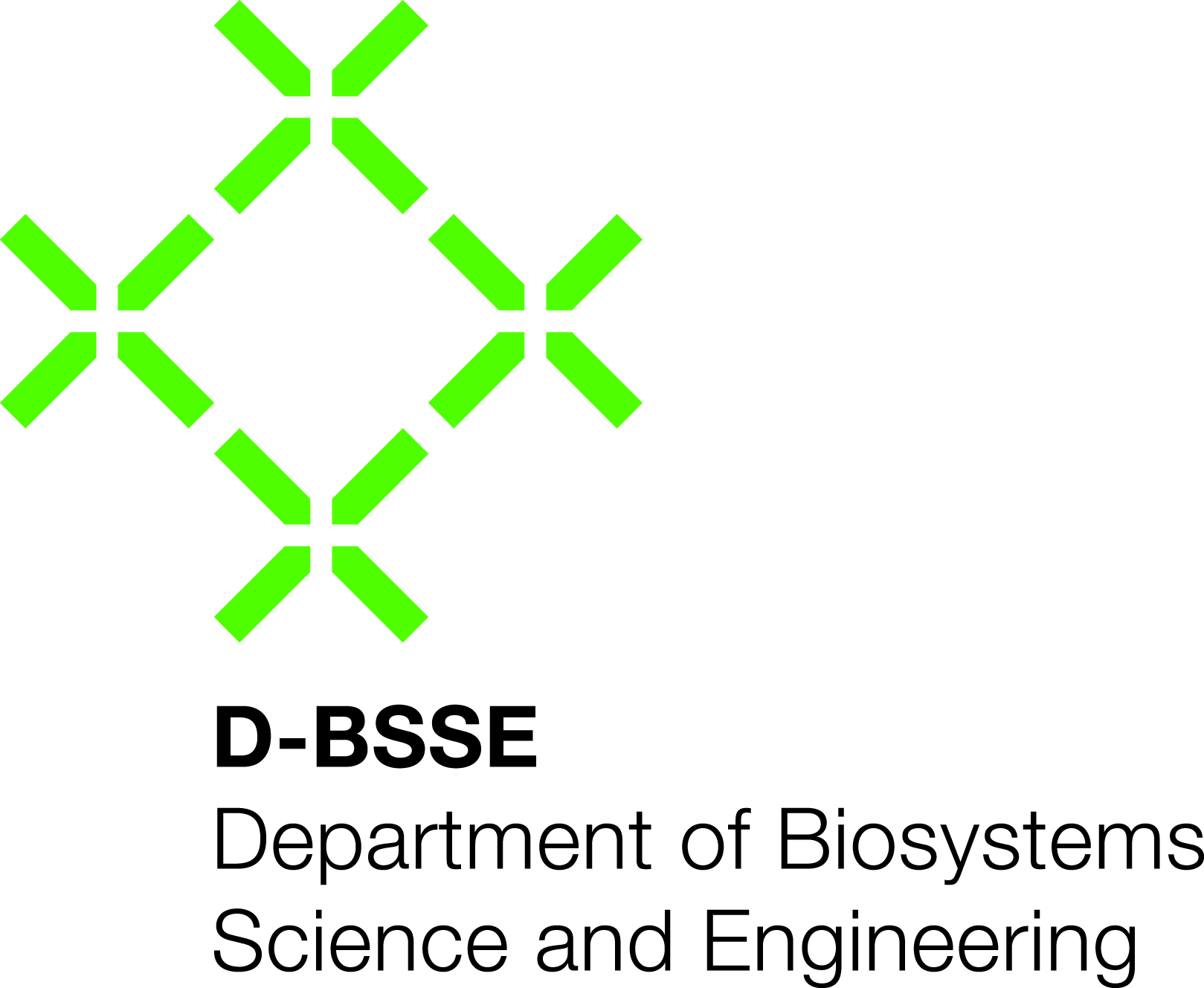Team:ETH Zurich/Experiments 6
From 2013.igem.org
| Line 2: | Line 2: | ||
{{:Team:ETH_Zurich/Templates/stylesheet}} | {{:Team:ETH_Zurich/Templates/stylesheet}} | ||
| - | <h1>GFP diffusion tests | + | <h1>GFP diffusion tests with sender cells and wild-type pLux receiver constructs</h1> |
[[File:Grid_11h.png|right|250px|thumb|<b>Figure 1: </b> Scanned image of GFP fluorescence in a hexagonal grid with sender cells in green and wild type pLux GFP receiver cells]] | [[File:Grid_11h.png|right|250px|thumb|<b>Figure 1: </b> Scanned image of GFP fluorescence in a hexagonal grid with sender cells in green and wild type pLux GFP receiver cells]] | ||
| - | <p align= "justify"> | + | <p align= "justify">Diffusion experiments were performed to study OHHL diffusion from the sender colonies to the receiver colonies. The colonies were placed in a hexagonal grid pattern such that every colony can have zero, one, two or three mine colonies adjacent to it. Depending on the number of mines around a non-mine colony, more OHHL will be processed in the receiver colonies due to the higher number of mines. 1.5μl of the receiver and sender cultures were plated according to a hexagonal grid pattern on an agar plate. We then investigated the diffusion patterns by scanning the plate with a molecular imaging software. Images of the GFP fluorescence were taken at time intervals of 1.5hours after first detection of fluorescence. Images taken after 11 hours showed GFP saturation.<br><br> |
| - | The picture to the right shows the scanned image of GFP fluorescence after 11 hours of incubation | + | The picture to the right shows the scanned image of GFP fluorescence after 11 hours of incubation. The green circles mark the mine colonies. The receiver colonies are those that process the OHHL that diffused from the sender colonies. The difference in fluorescence in the receiver colonies correlates directly to the number of adjacent mine colonies. The data from this experiment shows almost complete agreement with the [https://2013.igem.org/Team:ETH_Zurich/Modeling/Reaction_Diffusion_OOHL spatio-temporal model]. |
</p> | </p> | ||
| Line 14: | Line 14: | ||
[[File:GridG111h21h.png|right|400px|thumb|<b>Figure 2: </b> Scanned image of GFP fluorescence in a hexagonal grid with sender cells in green and mutant pLux GFP receiver cells]] | [[File:GridG111h21h.png|right|400px|thumb|<b>Figure 2: </b> Scanned image of GFP fluorescence in a hexagonal grid with sender cells in green and mutant pLux GFP receiver cells]] | ||
| - | <p align= "justify"> Also the | + | <p align= "justify"> Also the mutant promoter we obtained through [https://2013.igem.org/Team:ETH_Zurich/Experiments_5 site-saturation mutagenesis] |
was tested in the hexagonal grid experiment with LuxI sender cells. The sensitivity for OHHL was too low thow and we did not see any induction, not even after 21h. These results are consistent with the model predictions. </p> | was tested in the hexagonal grid experiment with LuxI sender cells. The sensitivity for OHHL was too low thow and we did not see any induction, not even after 21h. These results are consistent with the model predictions. </p> | ||
Revision as of 19:28, 4 October 2013
GFP diffusion tests with sender cells and wild-type pLux receiver constructs
Diffusion experiments were performed to study OHHL diffusion from the sender colonies to the receiver colonies. The colonies were placed in a hexagonal grid pattern such that every colony can have zero, one, two or three mine colonies adjacent to it. Depending on the number of mines around a non-mine colony, more OHHL will be processed in the receiver colonies due to the higher number of mines. 1.5μl of the receiver and sender cultures were plated according to a hexagonal grid pattern on an agar plate. We then investigated the diffusion patterns by scanning the plate with a molecular imaging software. Images of the GFP fluorescence were taken at time intervals of 1.5hours after first detection of fluorescence. Images taken after 11 hours showed GFP saturation.
The picture to the right shows the scanned image of GFP fluorescence after 11 hours of incubation. The green circles mark the mine colonies. The receiver colonies are those that process the OHHL that diffused from the sender colonies. The difference in fluorescence in the receiver colonies correlates directly to the number of adjacent mine colonies. The data from this experiment shows almost complete agreement with the spatio-temporal model.
GFP diffusion tests with sender cells and mutated pluxR promoter receiver constructs
Also the mutant promoter we obtained through site-saturation mutagenesis was tested in the hexagonal grid experiment with LuxI sender cells. The sensitivity for OHHL was too low thow and we did not see any induction, not even after 21h. These results are consistent with the model predictions.
 "
"







